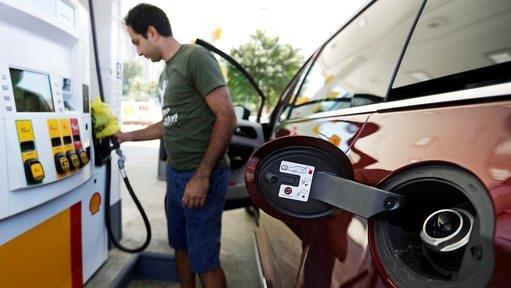Pipeline Repair No Quick Fix for Southern Pump Prices
The ruptured pipeline that sparked gasoline shortages across the southeast is once again up and running, but prices may continue to rise before fuel supplies return to normal.
Colonial Pipeline said on Wednesday night it opened a 500-foot section of pipe that bypasses the leak near Birmingham, Alabama. The news is a welcome sign of relief for millions of drivers. Prices spiked in multiple states, and many stations ran out of fuel. The average price of gasoline in Georgia has increased 25 cents over the last week to $2.37 a gallon. The outage has also impacted the Carolinas, Tennessee and Virginia, among other states.
Although the pipeline is operational again, Colonial Pipeline warned that it will take “several days” for the supply chain to fully recover. Gasoline moves through pipelines at only 5 miles per hour, according to the U.S. Energy Information Administration.
“Some markets served by Colonial Pipeline may experience, or continue to experience, intermittent service interruptions,” the company said in an update. “Colonial continues to move as much gasoline, diesel and jet fuel as possible and will continue to do so as markets return to normal.”
GasBuddy.com launched a tool on its website and app to track which stations in the region are out of fuel.
The pipeline, which runs from Houston to the New York Harbor, is the main method of transporting gasoline from Gulf Coast refiners to locations along the East Coast of the U.S. More than 1 million barrels of gasoline per day flow through the pipeline, known as Line 1. A parallel pipeline, Line 2, carries diesel, jet fuel and heating oil. Colonial Pipeline used Line 2 to temporarily ship gasoline and alleviate shortages following the leak.
Colonial Pipeline discovered the leak on Sept. 9. An estimated 250,000 gallons of gasoline spilled into a retention basin.




















